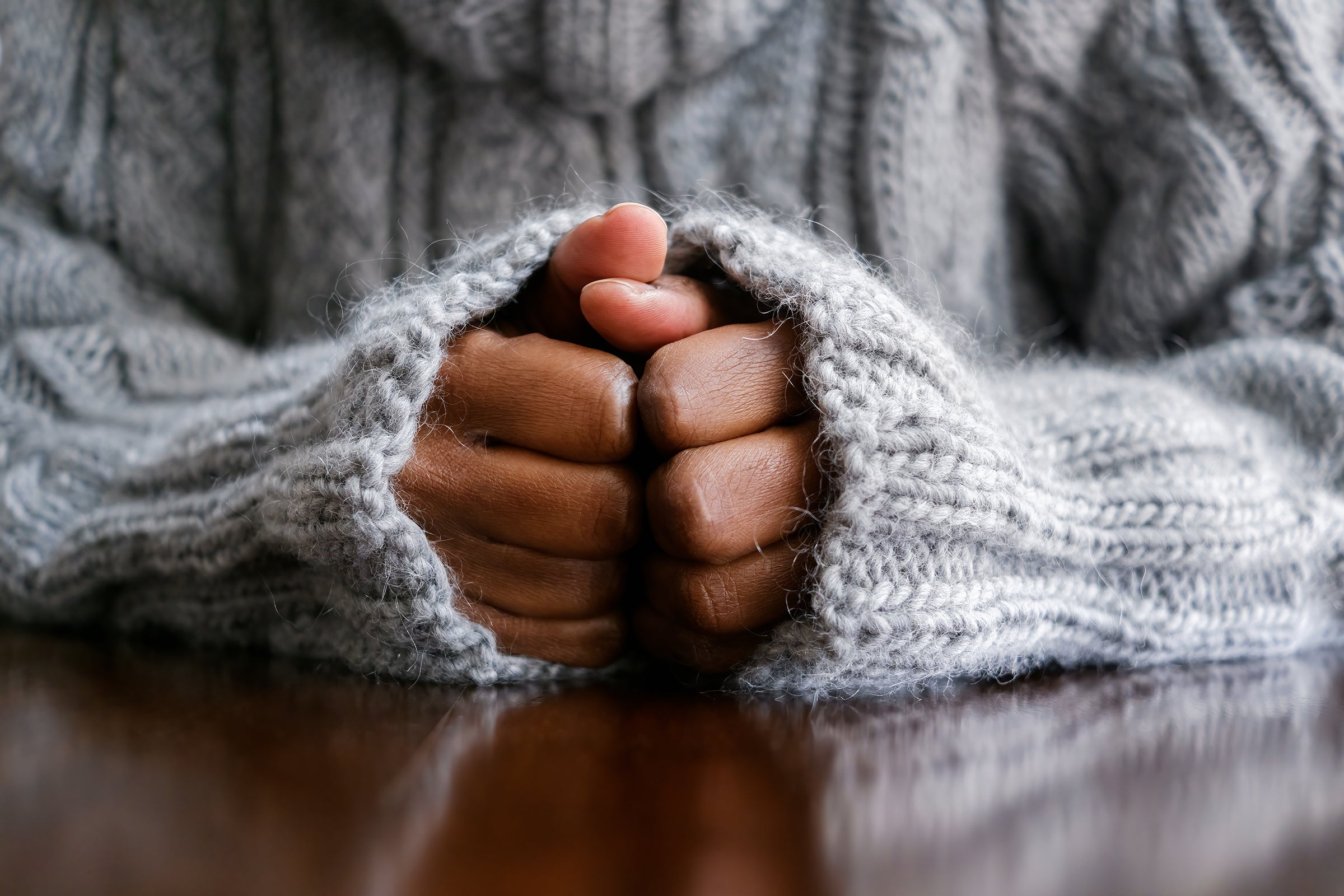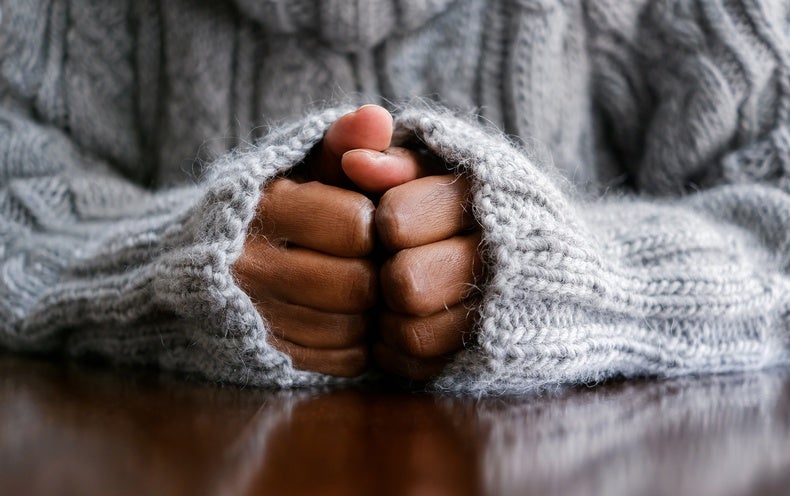
Roughly 110,000 Americans died from a drug overdose between February 2021 and February 2022. That figure is part of a larger troubling trend. Overall life expectancy in the U.S. fell in 2020 and again in 2021, after decades of progress—and deaths linked to alcohol, drugs, and suicide are a major part of that change. (So are deaths from COVID, of course.) Overdoses, suicides and other “deaths of despair”—a label proposed by economists Anne Case and Angus Deaton—have been climbing since the 1990s and may have accelerated in recent years.
What exactly is driving this phenomenon, and what can be done to address it? To answer these urgent questions, many scholars are focusing on economic stress and psychological states such as depression and hopelessness. That approach makes sense: by definition, despair involves the absence of hope. Losing a job, recovering from an accident or illness, and experiencing divorce or financial difficulties may trigger desperation. People may use drugs and alcohol to ease these uncomfortable mental states.
But there is another important factor that studies of despair sometimes miss. Scientific evidence shows that one common denominator in this cycle of stress, anxiety, depression and substance abuse is physical pain. As a behavioral scientist, I study how socioeconomic, psychosocial and behavioral elements may contribute to pain. The findings from my work and others in this field suggest that tracking a community’s physical aches and agonies is important.
The relationship between despair and pain is multifaceted. As most people know from personal experience, physical pain increases psychological distress and anxiety. Several studies have found that people with severe pain—as opposed to those with low or moderate pain—are more likely to worry about their affliction and its possible consequences. And pain may lead to poor sleep quality, which in turn increases the risk of anxiety and depression.
The reverse relationship is also possible: psychological distress can cause physical pain. For instance, job strain, anxiety caused by social discrimination, stressful family relationships and adverse experiences in early adulthood can exacerbate physical pain. Neuroscientists have even discovered a mechanism that could explain these findings. When someone is in a negative mood, researchers have found, the brain areas that play a role in physical pain also engage.
Lastly, physical pain is important when we consider the harmful behaviors involved in deaths of despair. For example, some people use drugs and alcohol to manage their pain. One 2020 study found that drug misuse was more strongly linked to physical pain than to poor mental health. For that matter, feeling severe or chronic pain can lead to self-harm or suicide.
The opioid epidemic may be the most prominent example of how physical pain and despair interact. The misuse of painkillers, especially opioids, generates changes in the brain that trigger higher pain sensitivity, as well as greater tolerance of and addiction to these drugs. As a result, people are more likely to overdose on these medications. At the same time, excessive use of drugs and consumption of alcohol can trigger physical pain that in turn reinforces the negative behavioral cycle of pain.
Taken together, research makes it clear that pain and despair are powerfully linked. Tracking pain can help doctors treat patients but can also help societies track well-being. Unfortunately, a central tool for this kind of research is falling out of favor. Many American physicians are challenging the use of self-reported pain assessments because these questionnaires sometimes prompt doctors to prescribe opioids. In fact, in 2016 the U.S. Centers for Medicare & Medicaid Services decided to remove some questions about pain medications from a national hospital survey for that reason. But losing these pain data also means losing crucial insights into people’s needs, mental states and behaviors.
In addition, my research shows that understanding physical pain at a larger scale may be an essential step to confront rising deaths of despair. For example, using more than a decade of data from 146 countries, my colleague Andrew Oswald and I published a study in 2021 that showed that reports of physical pain were greater when the unemployment rate was high. We argue that recessions can create financial stress that in turn leads to greater physical pain. This idea has important implications. If deaths from despair in the U.S. map onto financial insecurity, policy makers need to think critically about how to help families cope with difficult economic times.
The U.S. is not the only country that stands to gain from such policies. Late last year I published an analysis using global data that found that physical pain has increased substantially in recent years. In 2009 one in four people around the world reported physical pain. Today one in three are in pain. Much like despair in the U.S., inequality adds a striking dimension to these data. My study found that the increase in physical discomfort is greatest among women, young people and individuals with less income or education. In response to these patterns, it is imperative that societies record and monitor pain data. Only then can we understand how to address these urgent trends.
IF YOU NEED HELP
If you or someone you know is struggling or having thoughts of suicide, help is available. Call or text the 988 Suicide & Crisis Lifeline at 988 or use the online Lifeline Chat.
Are you a scientist who specializes in neuroscience, cognitive science or psychology? And have you read a recent peer-reviewed paper that you would like to write about for Mind Matters? Please send suggestions to Scientific American’s Mind Matters editor Daisy Yuhas at pitchmindmatters@gmail.com.



























































